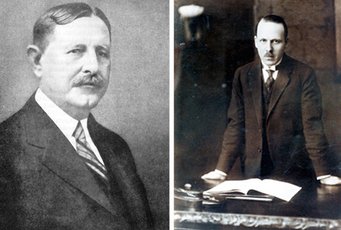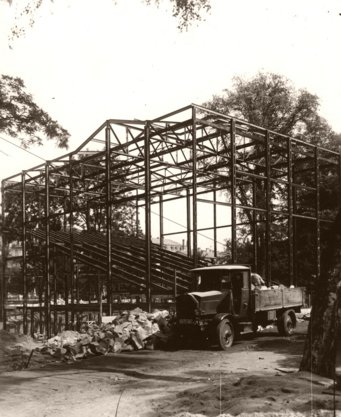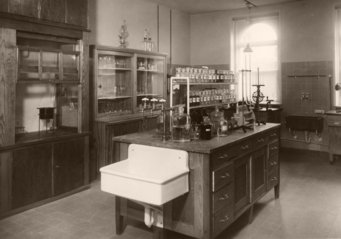
History
of the Max Planck Institute for Heart and Lung Research - W. G. Kerckhoff Institute
The foundation of the Max-Planck-Institute for Heart and Lung Research was brought about by the actions of two men: Professor Franz Groedel (1881–1951) and William G. Kerckhoff (1856–1929). Franz Groedel was one of the first German cardiologists who set up practice in Bad Nauheim, the world-famous spa town for the treatment of heart diseases at that time.
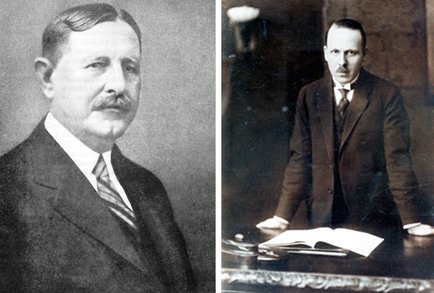
William G. Kerckhoff was a Californian business man of German origin who played a crucial role in the expansion of the energy and transport business of Los Angeles at the turn of the century. Accompanied by his wife, Louise Kerckhoff, he went to Bad Nauheim several times in the 1920s to be treated in the sanatorium of Prof. Groedel. William Kerckhoff, who had already sponsored several projects in Los Angeles (e.g. the Kerckhoff Laboratories at the California Institute of Technology), was enchanted by Franz Groedel’s revolutionary vision to found a heart center for the study of the causes and treatment possibilities of cardiovascular diseases involving scientists and clinicians.
Erection of the Kerckhoff Institute
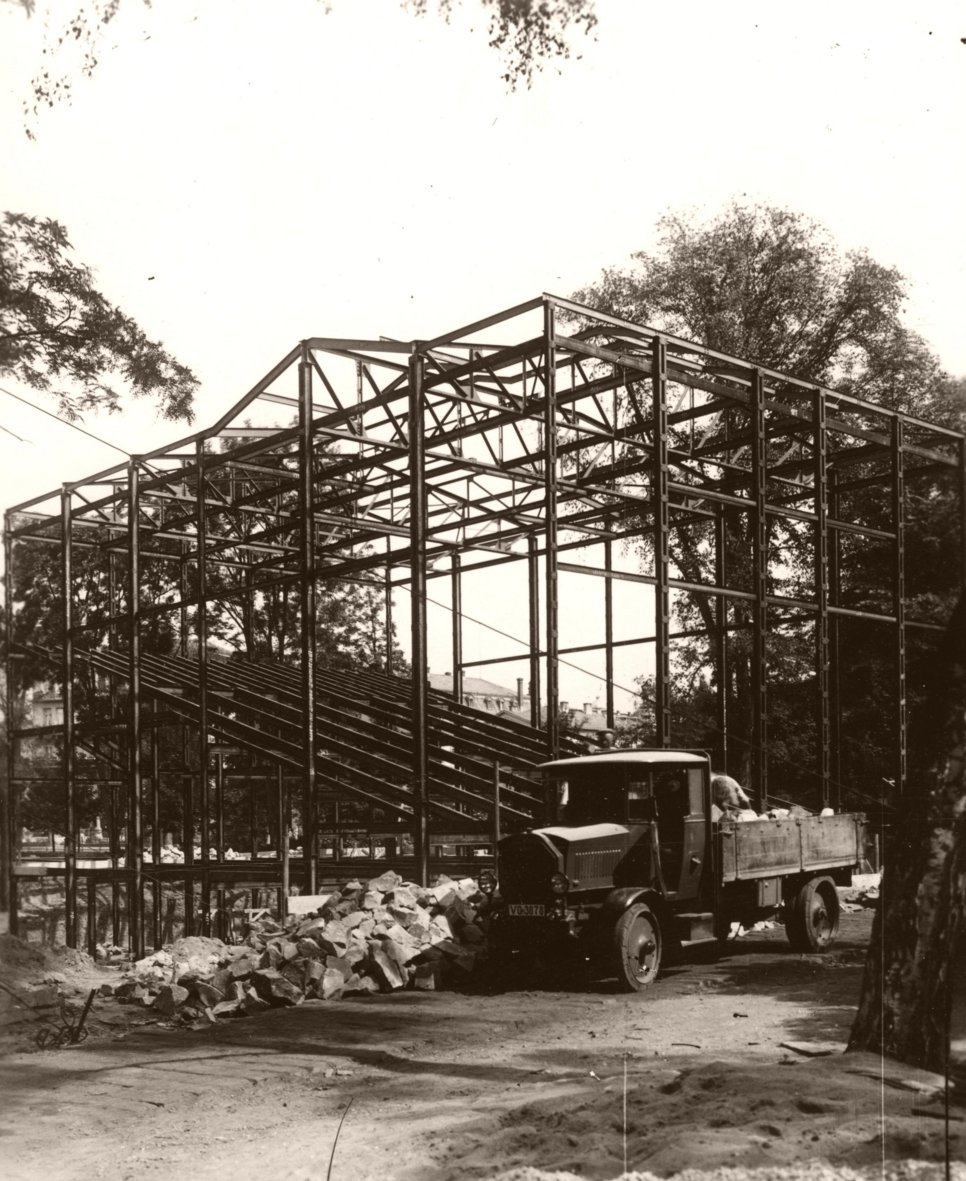
In 1929, shortly after William Kerckhoff’s death, the William G. Kerckhoff Foundation was called into life. His widow donated more than a million Goldmark for the construction of the research facilities. By the end of 1929, they had already started with the construction works following the plans of the architect August Metzger. In the autumn of 1931, the building was inaugurated in the presence of Louise Kerckhoff.
Groedel appointed as a Director
Franz Groedel was appointed director for life. The physiologist Eberhard Koch (1892–1955), known for his works on the regulation of circulation (carotis sinus reflex), became the director of the experimental department.
Franz Groedel only spent a short time at the new institute. In 1933, he was forced to emigrate to the USA to escape persecution due to his Jewish origin. His hopes for an early return were disappointed. Nonetheless, he remained closely tied to the institute until his death in 1951 and continued managing it from New York.
In 1939, Eberhard Koch, who had led the institute as Acting Managing Director in Bad Nauheim since 1933, accepted a call to the Chair of Physiology in Gießen. He was succeeded by Hans Schaefer (1906–2000), who moved to the University of Heidelberg in 1951. In 1940, Maria-Pia Geppert (1907–1997) was appointed director of the Department of Epidemiology and Statistics.
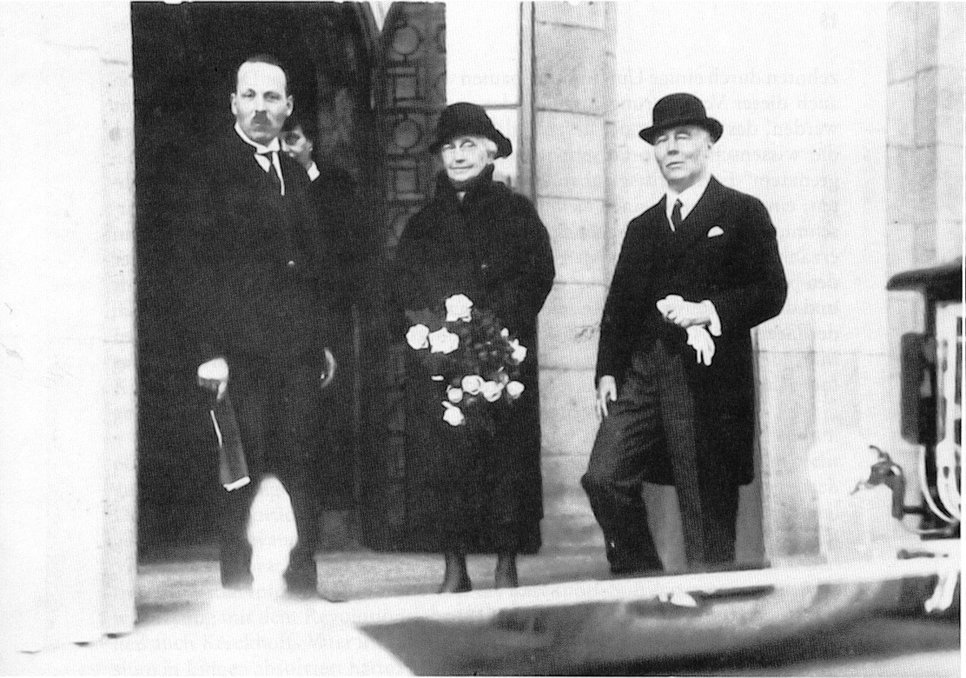
Institute joins Max Planck Society
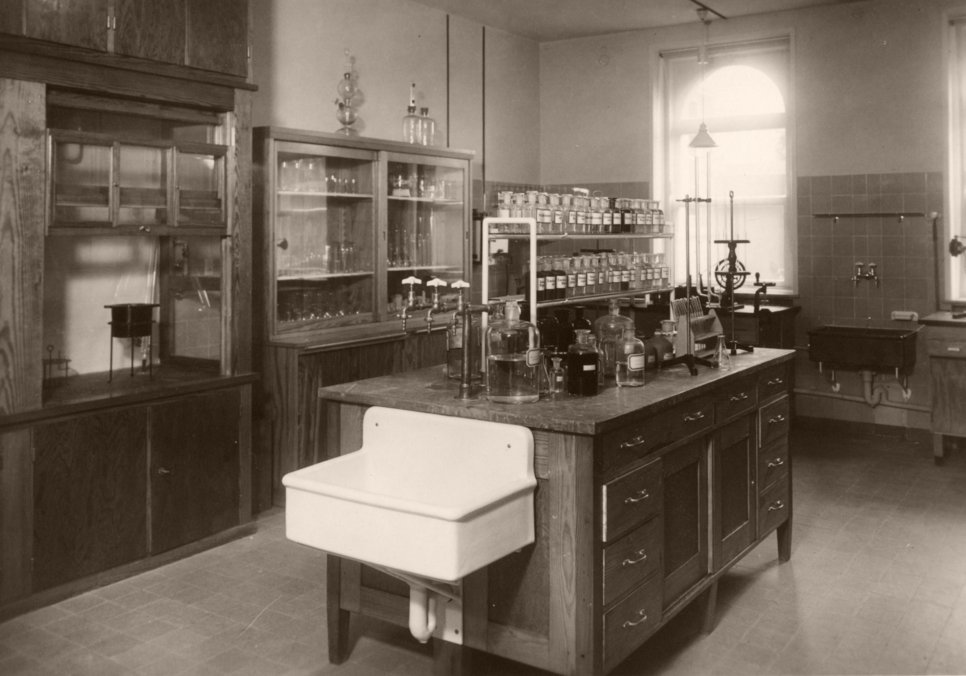
With Groedel’s death in 1951 and the devaluation of the assets of the Kerckhoff Foundation in postwar Germany, the Kerckhoff Institute was in a precarious situation. The opportunity for a new beginning was provided by becoming a member of the Max Planck Society.
In 1952 Rudolf Thauer (1906–1986), who was working on thermoregulation and had been in the US with the “Operation Paperclip”, became director of the I. Department of Physiology. From 1956 to 1962, the cardiovascular scientist Otto Gauer (1909–1979) was also head of a department at the institute.
In 1955, the Department of Clinical Cardiology (today´s Kerckhoff hospital) was set up by Rudolph Knebel (1910–1983) who then became its director in 1963.
In 1966, another physiological department was created and headed by Eberhard Dodt (1923–1994), a neurophysiologist studying the physiology of vision as well as the circadian rhythm. In order to create more lab space, the old institute building received an annex which was inaugurated in 1969.
Renaming to Max Planck Institute for Physiological and Clinical Research
With the retirement of Rudolf Thauer in 1974 a new era in the history of the Kerckhoff Institute began. The Max Planck Society completely absorbed the Kerckhoff institute in 1972. It was also renamed to “Max Planck Institute for Physiological and Clinical Research”. Now the institute was now managed by a Board of Directors consisting of Eberhard Dodt (II. Dept. of Physiology), Wolfgang Schaper (Experimental Cardiology, 1972) and Eckhart Simon (I. Dept. of Physiology, 1973). Wolfgang Schaper’s department moved into a new building in the direct vicinity of the hospital in 1981. He focused mainly on vessel growth (arteriogenesis), whereas Eckhart Simon’s department studied the regulation of body temperature as well as sodium and water balance. In 1992, Werner Risau (1953–1998) joined the institute where he headed the Dept. of Molecular Cell Biology to work on the molecular mechanisms of endothelial functions with the main focus on angiogenesis.
Due to the early death of Werner Risau at the age of 44 and the impending retirement of the other directors, the institute was plunged into a very difficult situation.
Re-foundation as MPI for Heart and Lung Research
Thanks to the support of the State of Hesse and the Universities of Frankfurt and Gießen, a new concept for the institute was developed.
In 2004, it was re-founded and renamed “Max Planck Institute for Heart and Lung Research”. In the course of the reorganization, four directors were recruited: Thomas Braun, 2004, Cardiac Development and Remodelling), Werner Seeger (2007, Lung Development and Remodelling), Stefan Offermanns (2008, Pharmacology) and Didier Stainier (2011, Developmental Genetics). In addition, a new building for three of the four departments was finished and taken into service in 2009.
